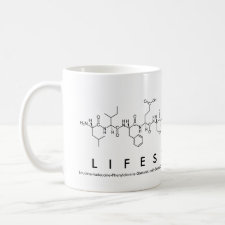
Authors: Mota MIF, Rodrigues Pinto PC, Loureiro JM, Rodrigues AE
Article Title: Recovery of Vanillin and Syringaldehyde from Lignin Oxidation: A Review of Separation and Purification Processes.
Publication date: 2016
Journal: Separation & Purification Reviews
Volume: 45
Issue: (3)
Page numbers: 227-259.
DOI: 10.1080/15422119.2015.1070178
Abstract: Lignin is an underexploited side-stream of pulp and paper industry and biorefineries, being used for energy production at mill site or as low value material for dispersants or binding applications. However, an integrated process of reaction and separation can be implemented for the production of high added-value monomeric phenolic chemicals such as vanillin and syringaldehyde. In this review, the main research advances in the recovery of vanillin and syringaldehyde resulting from oxidation of lignin are addressed, covering various separation methodologies namely liquid-liquid extraction, supercritical fluid extraction, distillation, crystallization, membrane separation, and adsorption. Studies in this area started in the early years of the 20th century, but in the last decades several processes have been suggested, mainly for vanillin separation. Finding the ultimate industrially feasible process is still a necessary task and this review points out the most promising technologies and sequence of processes
Template and target information: Review - recovery of vanillin
Author keywords: adsorption, Liquid-liquid extraction, membrane separation, oxidized lignin, syringaldehyde, Vanillin



Join the Society for Molecular Imprinting

New items RSS feed
Sign-up for e-mail updates:
Choose between receiving an occasional newsletter or more frequent e-mail alerts.
Click here to go to the sign-up page.
Is your name elemental or peptidic? Enter your name and find out by clicking either of the buttons below!
Other products you may like:
 MIPdatabase
MIPdatabase









